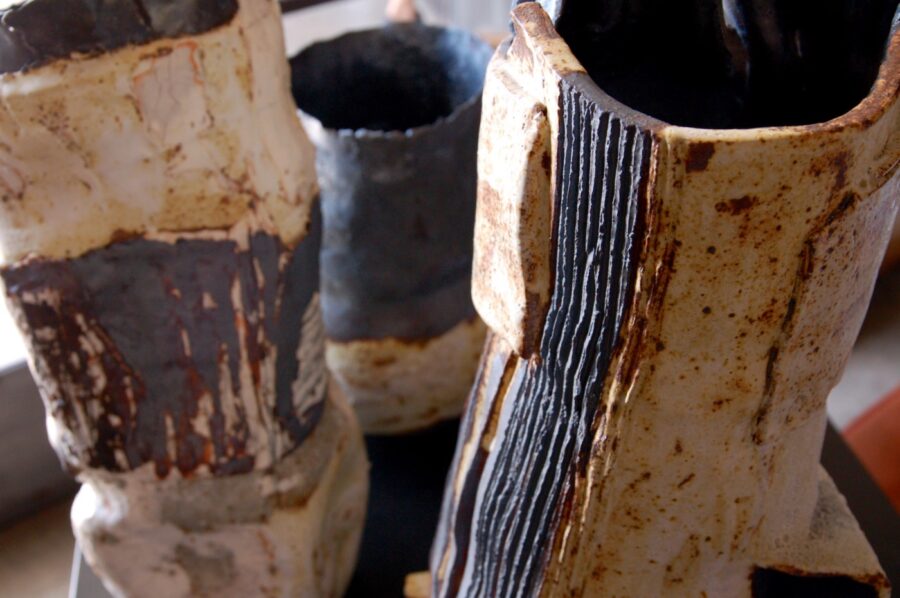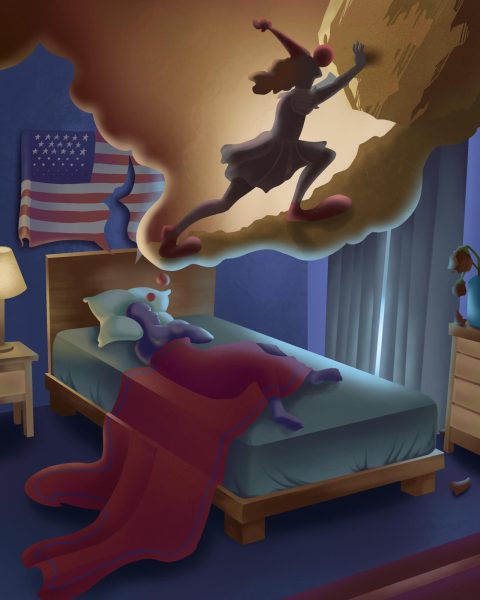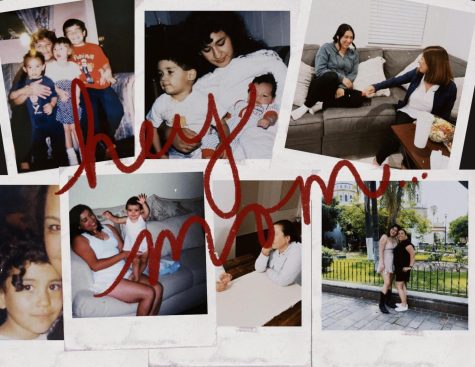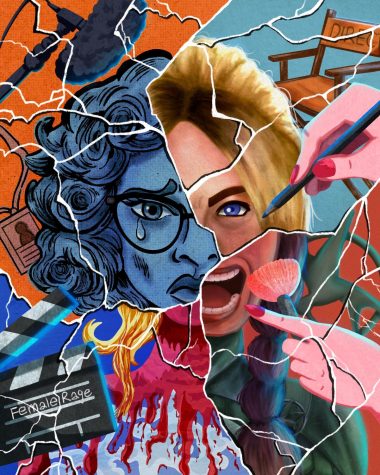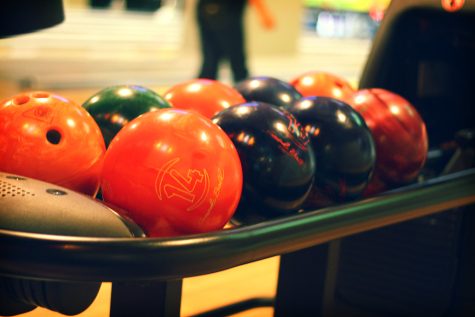Austin, Portland, Brooklyn Meets Mayberry in DTLA
Designers Scott Jarrell and Kristan Cunningham left television to find community and creative fulfillment in the Arts District.
The front window sparks curiosity. It reads: “Hammer and Spear, Hunters & Builders of Timeless Design.” Walk through the heavy glass and steel doors. The room is filled with natural light from the wall of windows along the east. The air is cool, but the room feels warm, even cozy. Earthen tones envelop you in textures: soft, hard, rough, smooth, woven, etched, brushed, course, polished, grainy, soothing, hewn, hammered and speared.
Hammer and Spear in the Arts District of downtown Los Angeles, is a home decor store and design studio as well as the “retirement back-up plan,” of husband and wife team, Kristan Cunningham and Scott Jarrell.
Their passion for design and antiques led them away from jobs in television and their Venice Beach home. Cunningham was known for her work as host and designer on HGTV’s “Design on a Dime. They arrived in the Arts District in search of community, car-free living and an inspiring living space.
The name, Hammer and Spear, takes its name from its owners — Cunningham (Hammer) and Jarrell, which means means spear ruler in German. The store shares many of the qualities of its Arts District location, a reimagined, art filled space, combining old and new.

Los Angeles is unique. As an established large city, for many decades, it’s lacked many of the qualities and traits associated with major cities. The couple was drawn to the opportunity to be a part of the city’s rebirth and revitalization of Downtown Los Angeles DTLA.
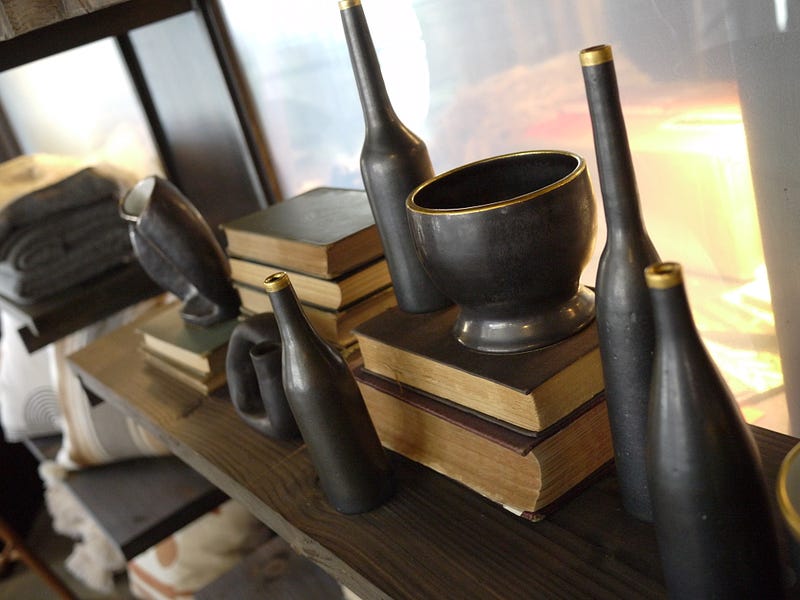
Continue into the store. You walk past a heavy wooden chest with worn, thick handles. You can’t resist running your hand over the the woodgrain to experience its texture. A mid-century modern black leather sofa is complimented by a swooping chrome lamp. Admiring a couple of small, round marble side tables, and beveled glass coffee table, you sit down and continue taking in the room.

The couple was drawn to the Arts District by a combination of factors.
“We love houses, every style, and we’ve lived in one of everything, and I think every time we’ve moved…we’d consider downtown because the rebirth of downtown is something that’s been talked about for decades,” Cunningham said. “The goal was always to have ‘The Loft.’”
“We were working in New York at the time,” Jarrell said. “So we were spending weeks in New York, and we’d come back, and we’d have relaxation at the beach, but we really got used to walking everywhere, not being dependent on a car.”
When their time in New York ended, they set out to recreate the car-free lifestyle in Los Angeles.
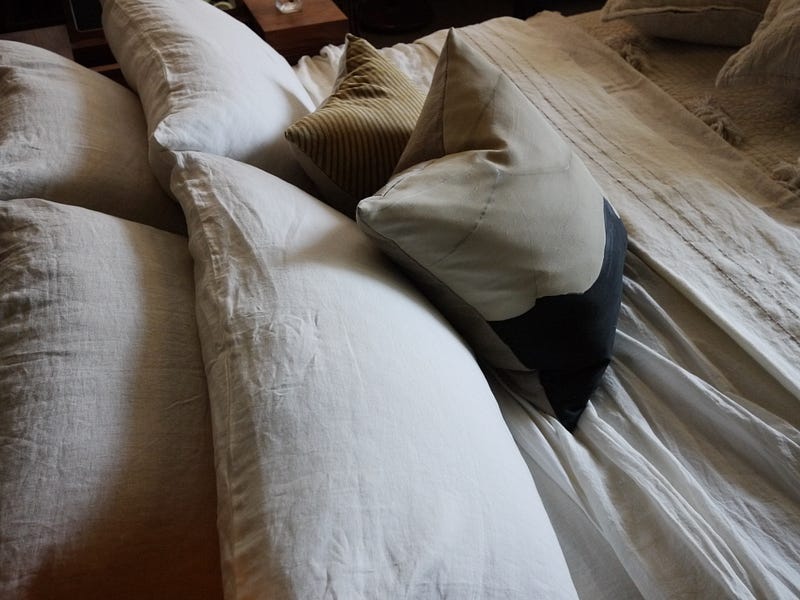
It was nice living near the beach and the active lifestyle of Venice, but…
“It was missing the sense of community,” Cunningham said. “You’re on your bike and you’re out walking. You’re amongst people all day, but there’s a little bit of a disconnect”
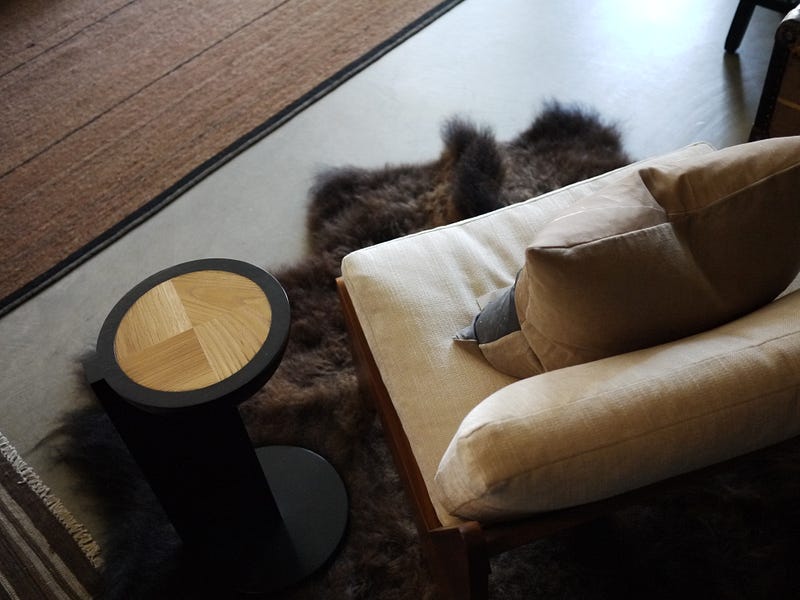
Making creative connections was also challenging. They were looking for people who were “making things, contributing from an artistic standpoint…collaborating,” Cunningham said. “We were not finding like-minded people.”
So they looked Downtown as they had done several times before. The primary goal was to find an inspiring space.
“We’ve moved to lots of neighborhoods because because we fall in love with the house, not so much the neighborhood,” Jarrell said. “So we fell in love with the loft. Not really knowing what the [the Arts District] was going to be like…The gentrification had not really started yet.”
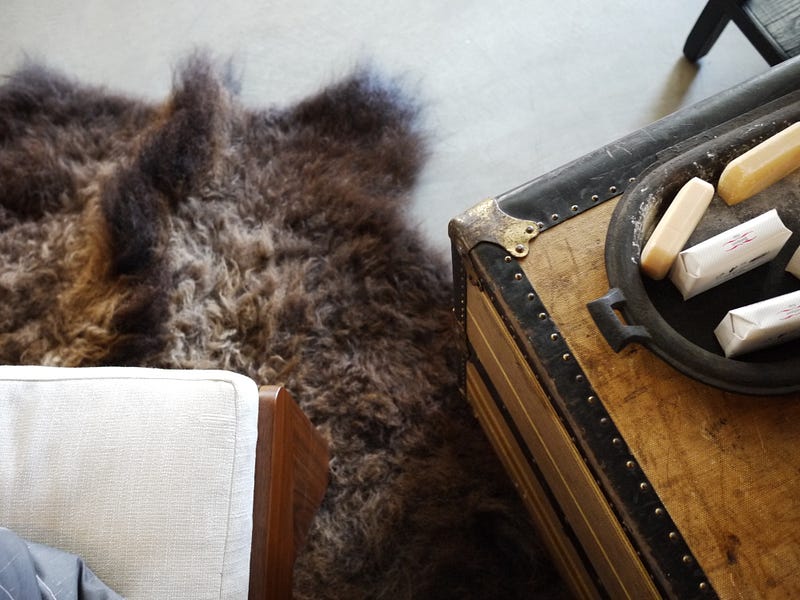
Along the wall opposite the windows are a collection of products for the home. You touch some soft cotton towels in creamy earthen tones, comfy pillows covered in soothing geometric patterns, handmade soaps and scented candles. You want to touch everything to enjoy the textures, like the lovely, amber hued, handmade wooden spoons and spatulas, their smooth grained handles in a satiny finish feel nice in the hand.

It was about five and a half years ago when they moved into a loft on Seventh Place, near where Bestia is now. There were no stores and few dining options, but it was an exciting time.
The people we started to meet were really interesting. Everybody had moved down here sort of with a purpose…I think we all felt that the opportunity to part of a city that was reinventing itself…to the have the opportunity to be part of the rebirth of downtown…Everyone that we met, especially in the Arts District, they were makers; they were designers, they were artists, they were musicians, so it was really creative…It was completely unique from what we were used to in Los Angeles, and it was really exciting.
There was creative energy that “was really exciting.” The neighborhood already had a strong sense of community and a creative vibe.
“The energy was palpable from day one, and there was a pioneering spirit, and this continues to be true,” Cunningham said. “The people who reside in the Arts District really want to be part of a community.”
Despite being somewhat sketchy, it immediately felt like home.
“It’s like Mayberry,” Jarrell said.
It’s like Mayberry. You know everyone. You walk down the street; you know everyone…I’ve never lived in a neighborhood where everywhere I go, I know most of the people, and that’s kind of cool thing.
Move into the back of store, it gets dark. You pass handmade jewelry and straight edged razors, dark ceramics with flowing wavy tops that betray their stoney nature. On another table, leather covered books, drafting pencils, paper, shears, loose wheel-thrown ceramic vases, woven rugs form a collage of patterns. There is a globe, some maps, new satchels made from thick leather with white stitching, fragrant with the hide’s musky aroma, old catcher’s masks, worn books, woven baskets, and a sketchbook open to a pencil drawing.

In the Arts District, connections were easy to establish, and the people projected a genuine authenticity they had not experienced in Los Angeles.
“Los Angeles tends to be a city that’s all about me. You know, ‘my project,’ ‘my album,’ ‘my film,’ ‘my book,’ and that’s just not the case down here,” Cunningham said. “Everyone is collaborating…there’s so much talent…a dense pool of talent…We have some real superstars. We have superstar potters. We have superstar furniture makers, superstar lighting designers, who are all really making a name for themselves.”

“We’ve found not only like-minded people that we want to socialize with but also people who are doing crazy-amazing things that we’re impressed by — people we wanted to work with,” Cunningham said.
When Hammer and Spear started, they were almost solely vintage focused because it’s their first love and passion.
“That’s why we did this. The decision to represent contemporary artists and designers really came from access (the Arts District provided). We were becoming friends with all these talented people and we felt we could provide a platform, or a home for them,” she added.
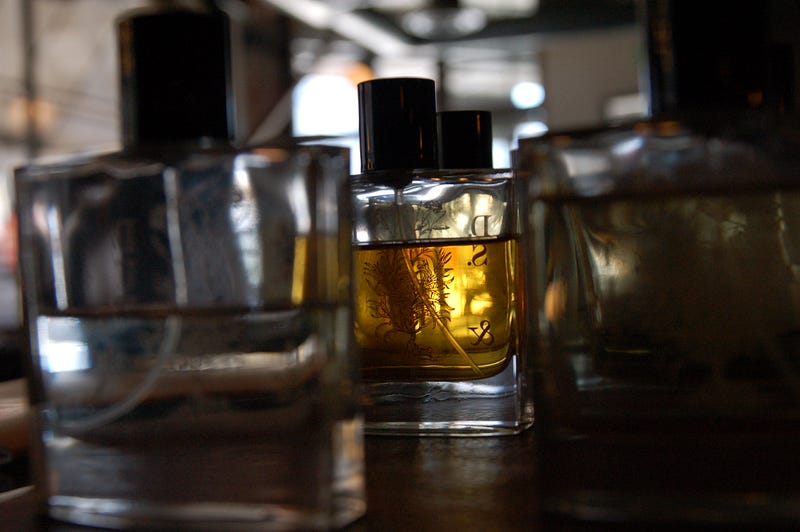
The room is quiet, self assured, confident. It’s filled with a welcoming warmth. While Scott and Kristan’s design aesthetic is modern, it does not feel new. Like the Arts District itself, contemporary, modern elements mix seamlessly with the weathered, historical and vintage. Items are repurposed and reimagined. Hammer and Spear feels modern but also conjures a mythological past: adventure, searching, on the road, lost at sea, finding treasure, masculinity. You’re reminded of Hemingway, Kerouac, Twain, the Roosevelts, Fitzgerald, Dorothy Parker and cocktails, condensation covered glasses.
Some say gentrification and rising property values have driven artists out of the neighborhood, suggesting it’s not really an “arts” district anymore.
But walk through, and art is everywhere in the Arts District. It’s on the walls; it’s on the sidewalks; it’s in the stores and galleries; it’s in the bars and restaurants; it’s for sale; it’s available to view for free; art moves indoors and out.
An article in Curbed, suggested the Arts District should be given a new name, Jarrell says he loves Curbed, but:
“For years you’ve had all these blogs that have been: ‘Arts District! Arts District!’ All they’ve done is promote the Arts District, and now the tearing down of the Arts District has begun,” Jarrell said with a smile.
They were evicted from their first residence in the Arts District, so they have experienced firsthand the squeeze of gentrification. The displacement of artists and other longtime residents Cunningham says is valid concern for any area or neighborhood that goes through gentrification.
“Yes, it’s happening. Are people getting priced out of their spaces? Yes absolutely. The loft that we fell in love with that building was sold, and we had to move on,” Cunningham said.
“It’s unfortunate. There will be artists who will lose their spaces.” But they see that there are also plenty of artists, including a neighbor above the store, who are still living and working here. They place importance on supporting the artists of the neighborhood.
“We make sure that we represent these artists when we have shows…there’s a real effort being made by the new wave of artists and designers who are moving into the neighborhood to make sure that there’s a connect with those who were [already] living here,” Cunningham said.

They say the Arts District is moving in a positive direction. Here “there’s a constant support of other artists and other businesses.” That is one of the things that they feel makes their neighborhood so special and unique and provides hope for the future.
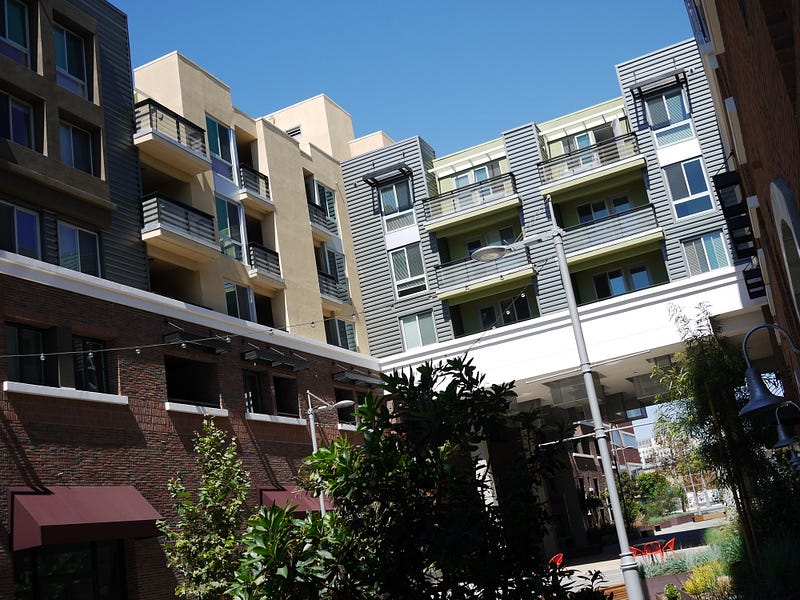
“Creativity and the creative arts are all encompassing,” Jarrell said.
In their store and from their design perspective, they do not make distinctions between decorative and functional art. Functional ceramic works made by potter, handmade wooden kitchen spoons, or a Karl Springer table or Eames Chair can enrich a person’s life just as much as a Hockney painting, Henry Moore sculpture, Fritz Lang film or Shakespeare play.
Of course they acknowledge art disciplines differ, but they do not sort them into a hierarchy.
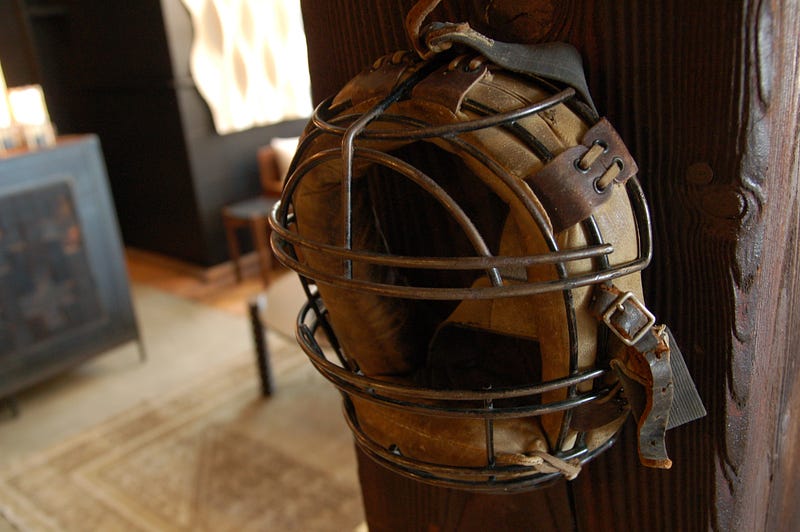
They see the creative professions continuing to thrive in Arts District. They are more concerned about the potential for the commercialization or homogenization that could come in with the large scale developments.
“What we as residents worry about is losing control of the neighborhood,” Jarrell said. “Obviously not every business down here will be locally owned.” But he points out that many of the businesses in the Arts District, Hammer and Spear, Poketo, Apolis, “were neighborhood brands,” so it is scary to consider that same corporate brands that are found in every shopping center and mall across the country could arrive in future developments.

Many of the critics of development point to the enormous One Santa Fe development, across the street from Hammer and Spear, as evidence of the lost artistic character of the area.
But Cunningham points out: “So far so good.” Many worried that One Santa Fe would bring ubiquitous chain stores into the neighborhood, but that didn’t happen. They say that the builders of the project were supportive of Hammer and Spear, regularly stopping into the store in its early days.
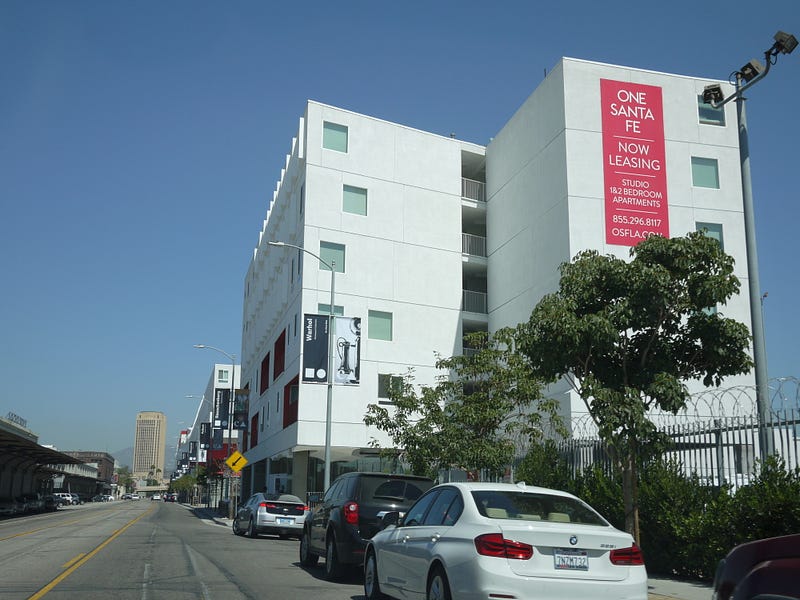
Most the businesses that opened in the One Santa Fe are unique, one-of-a-kind business that fit in well with the spirit of the Arts District.
“It’s every developer’s responsibility as projects go up,” Cunningham said. “If they’re going to cash in on what’s going on in this neighborhood, then they have to be true to what this neighborhood is.”
Whatever future development brings, Hammer & Spear currently has some if thE finest neighbors in the creative fields. Directly across the street from Hammer and Spear is The Southern California Institute of Architecture (SCI-Arc), one of the best architecture schools in the nation if not the world. Across the street from SCI-Arc is the world-class art and architecture bookstore, Hennessy + Ingalls, which recently moved into One Santa Fe. Perhaps the neighborhood’s most significant recent arrival, a couple addresses to the west of Hammer and Spear is an industry powerhouse. In March, the world-renowned, international art gallery, Hauser Wirth & Schimmel opened a museum scale, multipurpose facility in a former flour mill.
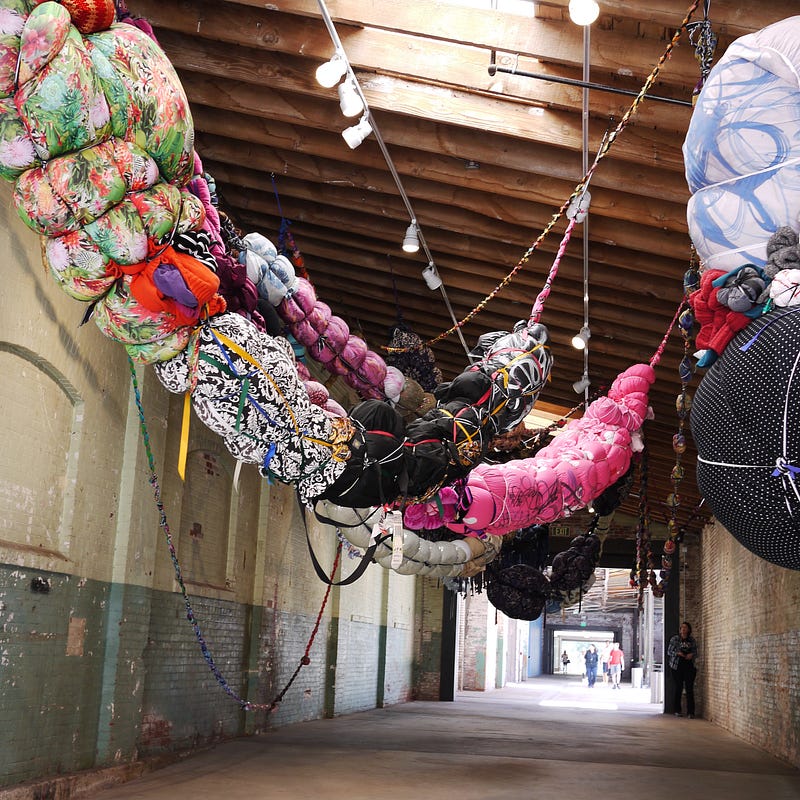
A recent column by Carolina A. Miranda for the Los Angeles Times, titled “Now that artists can’t afford the Arts District, L.A. needs to rethink its role as a creative city,” which as the titles implies, takes a critical view of the direction of area development, suggests that Hauser Wirth and Schimmel’s arrival does not contribute to the “art” in the Arts District because it “will be the sort of international blue chip space that isn’t exactly going to do anything for artists in search of cheap studios. This is a problem.”
Artists not only need workspace, they also need exposure and business partners to offer their work for sale.
With this in mind, Jarrell sees the situation differently.
“I think Hauser and Wirth, the largest private gallery in North America, moving into the Arts Districts is a great sign,” Jarrell said. “I think that’s a great staple and a great foundation to maintain the soul of the neighborhood. We’re very proud that we’re flanked by SCI-Arc, Hauser and Wirth, and Hennessy and Ingalls.”
“We’re the little ruby sitting amongst the diamonds of the crown,” Cunningham adds with a laugh.
Cunningham acknowledged these are “established, big money brands, but they are also authentic to who we are as a neighborhood. It’s driven by all of the arts, by architecture, by design, by product design.”
They affordable space for artists in the neighborhood should be taken into consideration by developers and city officials, but as far as they’re concerned there’s no reason “to paint Hauser and Wirth with a negative brush because it’s successful, that’s not the right approach,” Jarrell said.

The say anything that brings exposure and attention to the artists that are already in the Arts District is a good thing.
“Since the weekend Hauser and Wirth opened, our business has increased,” Cunningham said. “We have more collectors, designers, and successful artists coming through our doors, and paying attention to the local artists that we’re carrying.”
Hauser and Wirth attracts a wider audience with an interest in art to the area, shining a spotlight on the local talent.
“That’s just it,” Jarrell added. “The clientele that Hauser and Wirth is bringing to the neighborhood, they are also purchasing the local goods that we sell,” which is also generating positive word of mouth, and local artists and brands are growing as a result.

As the Arts District has grown, Scott and Kristan have had the pleasure of seeing the career trajectory of many of the artists, makers, and designers they have worked with since day one, grow with the neighborhood.
The rebirth and growth of any city or region is complicated. There is excitement in the revitalization of downtown Los Angeles, but as progress brings change, there are always consequences; there are winners and losers. Hopefully, as changes continue to come, more people will experience the benefits of the rebirth than suffer its costs.
Hammer and Spear is a study in relationships that springs forth from relationships. On perhaps the most visible level, their design aesthetic explores relationships between light and darkness, textures, tones, and time periods. How do these relationships work, change and contrast in the absence of color?
There is the relationship with the community, the people and the place, the sense of community that is fostered and created by its residents and entrepreneurs and their desire to connect to the community that came before them.
There are the relationships and connections that Scott and Kristan have create artists, clients, and customers.
The relationship between artists and the Arts District is evolving. There may be fewer artists living there, but creative businesses and art works are still everywhere. The area, which had edge of danger just a few years ago, is safer and more welcoming, but it has not lost its edge. Like other developing cities or neighborhoods known for their creativity and and taste making culture, there will be sacrifices. Not surprisingly, some will always see changes as bad. Sometimes, however, memories of the past can better than past realities.
A visit to Hammer and Spear can connect the visitor directly to these relationships, to the community, to the Arts District, to downtown Los Angeles, to the people, to Kristan, Scott, and if lucky enough, Bean.


